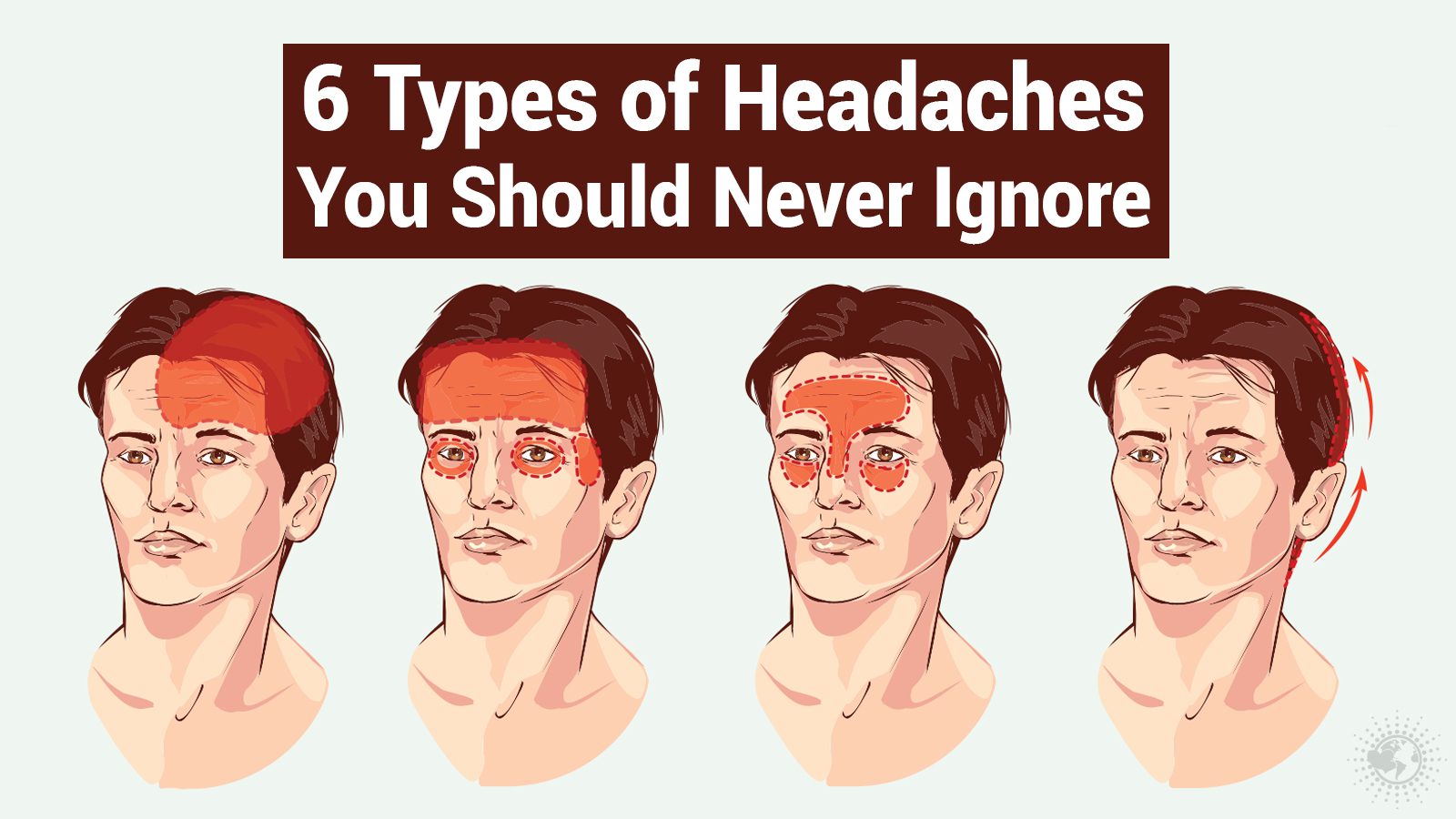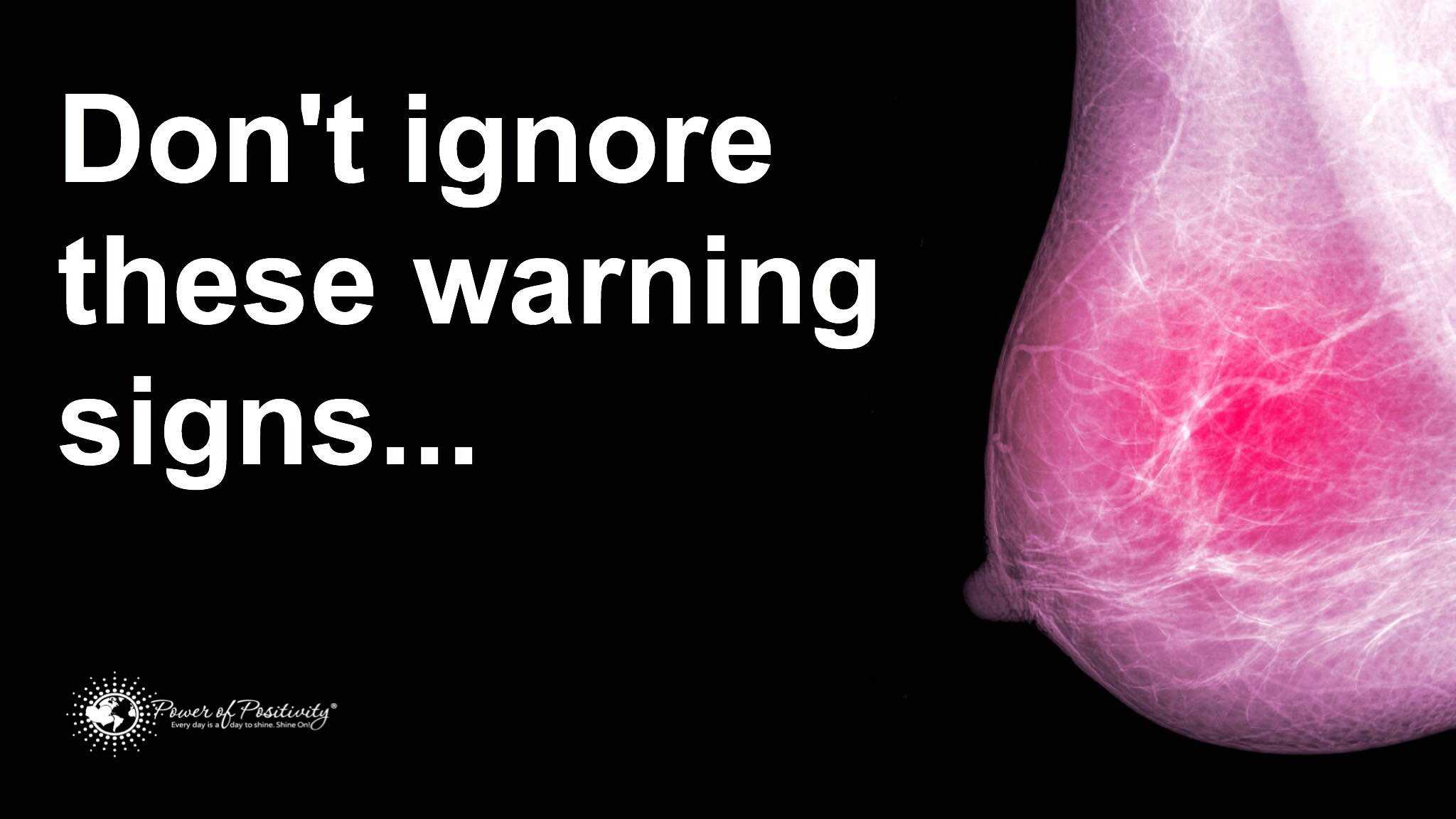Lower back pain can be a mild annoyance or crippling, unpredictable and sporadic or constant and reliable. And the intensity of the pain isn’t always indicative of the seriousness of the condition causing it. If you suffer from back pain, you’re likely trying to figure out how to get it to stop. Of course, understanding the likeliest reasons for your pain helps.
Today, we’ll look at ten reasons you might be dealing with lower back pain. And we will share what you can do to help resolve each possible cause.
Reasons You Might be Dealing with Lower Back Pain
1) Back injury
The simplest cause of lower back pain is, of course, various forms of a back injury. Some of these include straining your back from lifting a weight poorly, taking a fall, car accidents. The number of potential sources of a lower back injury is countless.
It’s important to realize the danger of any back injury, even one resulting in only moderate pain. Your spinal cord is essentially unable to heal itself. This means that untreated damage to your back is permanently at risk of worsening. If you have any reason to suspect damage to your spinal cord, and not just the tissues surrounding it, you need to see a doctor immediately. Failing to do so could result in worse pain, paralysis, etc., as the injury develops.
For milder back injuries affecting the tissues, bone, ligaments, take measures to minimize strain, alleviate swelling and inflammation, and encourage healing. Good sleep with good sleeping posture will work wonders. And if you sit a lot for work or fun, make sure you’re seated well.
2) Kidney ailments
Your second biggest immediate concern with lower back pain should be the possibility of a kidney problem, or other ailments affecting your urinary tract. Your kidneys are located towards the back to either side of your spine. So pain originating from them or referred from lower in your urinary tract can feel indistinguishable from pain in your spine or the muscles of the lower back.
You should keep a close eye out for signs and symptoms of kidney problems if you do have unidentified back pain. This includes abnormalities in your urine. These include cloudiness, unusual smells, blood, unpleasant sensations while urinating, increased or decreased the frequency of urination, and the inability to satisfactorily ‘finish’ going. In serious cases of kidney infection or other kidney diseases, you may experience fevers, nausea, and extreme pain. If this happens, seek immediate medical care.
For mild kidney-related problems, increasing your water intake is the simplest advice. But pain in your kidneys isn’t something to be treated with water alone. This is because infections of the kidney itself rather than the ureters or urethra can quickly lead to kidney failure without antibiotic treatment. Of course, your problem can also be kidney stones; less likely to result in catastrophic illness, and possibly resolved with water intake alone, but likely to be quite painful in the passing—and potentially require intervention from a doctor anyway.
3) Poor posture
The wrong posture while sitting, exercising, standing, and sleeping can put pressure on your lower back that it’s not meant to endure. At a minimum, you may experience muscle strain from the musculature supporting your back. At worst, you can end up with serious damage to the bones, ligaments, discs, or spinal cord itself.
To prevent pain related to poor posture you must, of course, assume a good posture. That means keeping your back supported and curved in its natural s-curve shape whenever possible, whether you’re standing in place, lifting weights, sitting at a computer, or sleeping. For sleeping and sitting, this means the right support from your bed or chair, possibly using cushions to get exactly the right position for either. For exercise (or helping a friend move a couch), it means taking the time to get your posture perfect before increasing weight or reps—speak with a personal trainer if you’re not sure your form is right.
If your problems stem from chronic sitting, make sure you get up and move around at least once an hour—even if only for a few minutes. Lengthy sessions of sitting without these breaks to stand is linked not just to lower back pain, but increased all-cause mortality, even if you’re otherwise very active.
Poor posture will also amplify your symptoms with many other causes of lower back pain, so don’t assume this is the whole story unless your pain vanishes entirely with improvements to your posture.
4) Inflammatory diseases
Many chronic inflammatory diseases can result in lower back pain, especially in the face of any other condition or habit that might put pressure on your lower back. This can lead to strange causal links such as your back pain being associated with exposure to a particular allergen, eating the wrong foods, exercising too hard (even if your back is uninvolved), etc., or it can make your back pain link to other symptoms that seem completely unrelated; sore joints, itchy red eyes, mouth sores, stomach aches, skin conditions.
These sorts of diseases can be difficult to pin down without a doctor’s help, and treatment can range from steroids to surgery to watching what you eat, depending on what specifically is the problem. Inflammatory diseases include various forms of arthritis, inflammatory bowel diseases, lupus, multiple sclerosis, fibromyalgia, and others.
5) Spinal disorders
There are a large number of inherent or developed disorders which affect your spine and the adjacent tissues and structures of your body. Scoliosis is perhaps the best known, in which your spine develops with a side-to-side curvature, but many others exist and can evade detection until adulthood—and the ensuing back pain.
Look for signs of abnormality in the structure of your spine; differences in the height of your shoulders, a lean forward or back when standing upright, visible differences in the musculature of your back, etc.
Depending on the disorder in question, treatment may range from standard advice for alleviating back pain to full surgical intervention to correct the deviation. It’s best to catch these early in childhood when full correction is easier. Unfortunately for or many of these, it will be too late to do anything but minimize symptoms by adulthood.
6) Excess weight
As with any other part of your body, your back is exposed to significantly increased pressure when you carry excess weight—and it’s your lower back that will face the heavier burden. Consider extra weight a force multiplier for any and all forces acting on your back. These include the weight of your body on your lower back when you’re seated, the impact of exercise, and physical activity.
Weight alone won’t often cause back pain specifically. However, don’t settle for weight alone as an answer to your problems. In fact, it’s far more likely that there’s another cause in play. Your extra weight is merely increasing the pain you experience. Either way, losing weight will help alleviate the pain and expose the root cause.
7) Osteoporosis
Lost bone density can present itself early with spine pain. Indeed, it can be simply another problem in a growing list as your condition develops. It’s important to identify and manage osteoporosis as soon as possible. This is especially true if it’s affecting your spine. Indeed, a spinal fracture due to reduced bone density in your spine can be a devastating event. In worse cases, it may cause death or permanent paralysis.
If you’re at risk of osteoporosis due to other medical conditions or as an older woman, than this should be the first concern with unidentified back pain.
Treatment of osteoporosis-related back pain will include general efforts to improve bone density and the use of pain medication. Use, preferably, simple NSAIDs like ibuprofen.
8) Arthritis
We have discussed inflammatory disease as a whole. But let’s also look specifically at the various forms of arthritis which can affect your spine. Some forms of arthritis, such as ankylosing spondylitis, primarily affect the joints and tissues of the spine. Other general forms of arthritis can also cause lower back pain as they attack your joints, linings, ligaments, muscles, tendons, etc. If you already have a diagnosis or suspect arthritis from pain elsewhere in your body, then discuss with your doctor.
9) Cancer
Cancer is far from the likeliest suspect in lower back pain. But to ignore it as a possibility would be irresponsible. Cancer-related back pain is usually divorced from physical strain or effort. Moreover, it worsens at night and in the morning and resolves as the day progresses. Additionally, it comes with other significant symptoms, such as fatigue, weakness, numbness, and weight loss.
Pain in the spine doesn’t necessarily mean cancer of the spine even if cancer is the culprit. This pain may be referred to your lower back from your gastrointestinal tract, reproductive systems, urinary tract, and other systems of the body.
Do you have any reason to suspect cancer is related to your back pain? Call your doctor to diagnose it as soon as possible. Early diagnosis ensures that proper treatment plans can be made and enacted.
10) Referred pain from pelvic conditions
Your back pain isn’t always about your back. Lower back pain, in particular, is often referred pain from your pelvis. This means that the nerves for pain fire off in the pelvis, and the signal travels through the lower back. Your brain then interprets it incorrectly as sourced from your back.
This is more often a cause of back pain in women than men. However, it can result from a wealth of health issues found across both sexes. The treatment for such pain is based on the underlying cause.

















